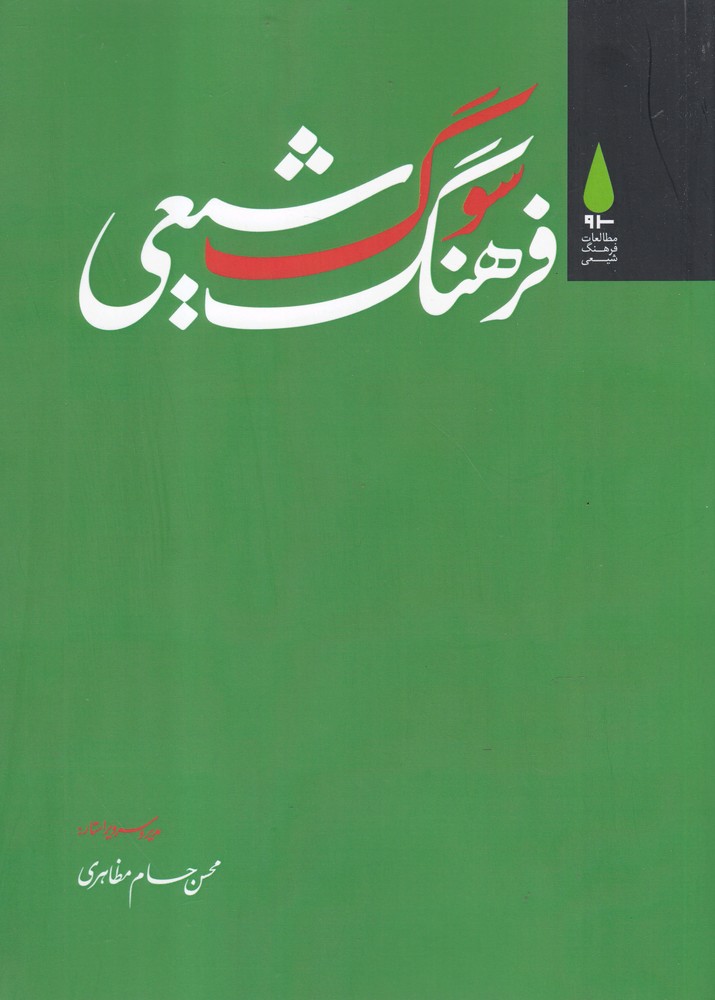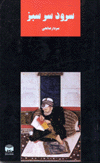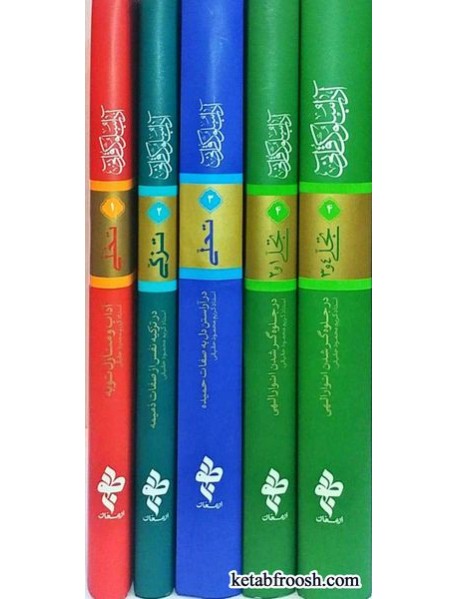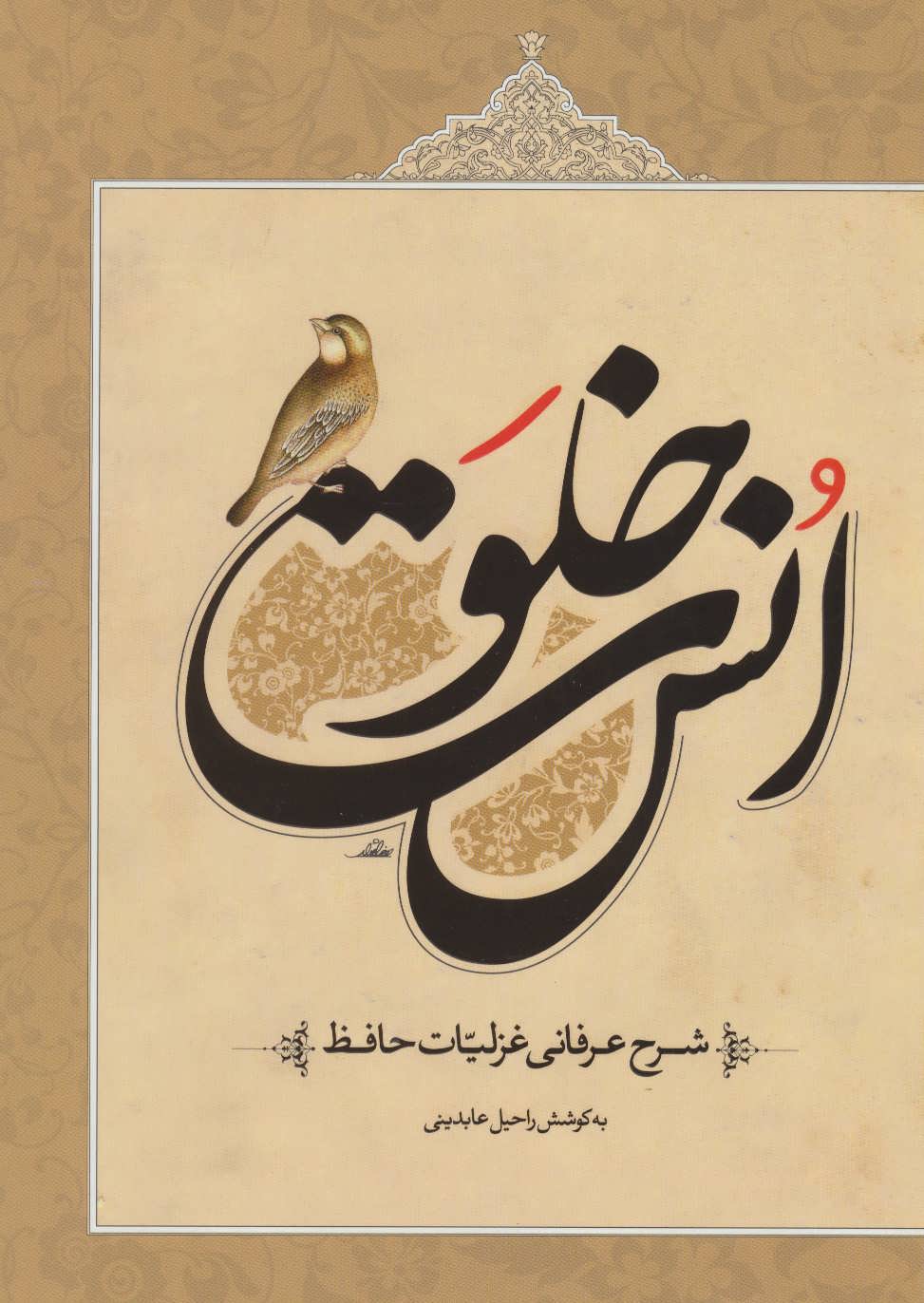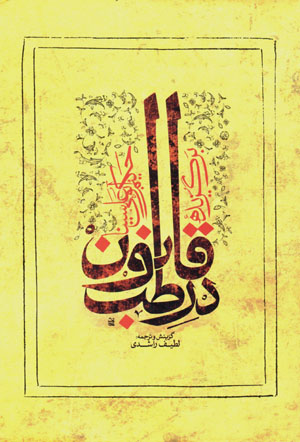Farhang-i sūg-i shī'ī: Persian 1402
فرهنگ سوگ شیعی
0 SEK
Share
Wishlist
Original Title:
فرهنگ سوگ شیعی
ISBN:
9786008679820
Publisher:
Armaghan-i tuba
Age Group:
Adult
Pages:
672
Weight:
850 g
Dimensions:
18 x 25 x 6.2 cm
Book Cover:
Paperback
The Shiite Mourning Culture book is an encyclopedia. This encyclopedia includes 10 subject groups.
First, concepts and generalities such as myth, tears, and intercession are given, and then written works such as "Lahoof" and "Ruda al-Shohada" are discussed. The third part is about personalities such as religious elders (imams), scholars and clerics, rosary reciters and reciters, preachers, researchers, poets, obituary writers, etc. The fourth part is about rituals and customs such as "cutting" and "palm turning". The fifth section deals with geographical units such as the city of Karbala, and the sixth section deals with the issue of related places such as Hosseiniyeh. The 7th to 10th sections also deal with the subject of objects (such as science), times (such as Ashura), organizations (such as the "Islamic Warriors Committee"), and historical periods and governments (such as Safavid and Qajar).
more
کتاب فرهنگ سوگ شیعی یک دانشنامه است. این دانشنامه ۱۰ گروه موضوعی را در بر گرفته است.
ابتدا مفاهیم و کلیاتی مانند اسطوره، اشک و شفاعت آورده شده و سپس به آثار مکتوبی مانند «لهوف» و «روضةالشهدا» پرداخته شده است. بخش سوم دربارهٔ شخصیتهایی همچون بزرگان دینی (امامها)، عالمان و روحانیون، روضهخوانها و مداحها، وعاظ، پژوهشگران، شاعران، مقتلنویسان و... است. بخش چهارم دربارهٔ آیینها، آداب و رسومی مانند «قمهزنی» و «نخلگردانی» است. بخش پنجم درمورد واحدهای جغرافیایی مانند شهر کربلاست و بخش ششم به موضوع مکانهای مرتبطی همچون حسینیهها پرداخته است. بخش هفتم تا دهم نیز بهترتیب به موضوع اشیا ( مانند علم)، زمانها (مانند عاشورا)، سازمانها (مانند «هیئت رزمندگان اسلام») و دورههای تاریخی و دولتها (مانند صفویه و قاجار) پرداخته است.
more

